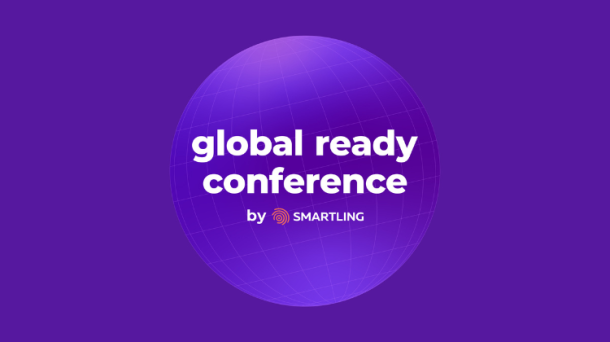Translation Memory
Translation Memory: The what, why, and how
Translation memory is the best tool for scaling your global content. This is the definitive guide to how.
WHAT IS TRANSLATION MEMORY?
A translation memory is a database of all your previously translated content.
It enables you to recycle content that you’ve paid to translate so that you only pay to translate the same string once. Over time, this can reduce the cost of translation.
Suppose the new product you’re launching on your eCommerce site needs translation. The repeated fields that that you've already translated (such as “size” or “color” or... "colour") are automatically identified from the translation memory and are applied to the target field. Not only will this reduce your costs, but it also increases the velocity of translation because the match is applied immediately.
There is an industry standard file format for translation memory (.tmx) that can be imported to Smartling at any time so that you can re-use translations that you have alrady created.
While translation memory is commonpalce in the industry (i.e. every language service provider will offer a translation memory), there are key differences in how translation memory is managed and leveraged that impacts your bottom line.
Easy to Use and Completely Yours
- Cloud-based. Continuously updated in real-time, so translators always have access to the most accurate and recently saved translations.
- Central Platform. Use one or multiple translation memories across all devices and content types.
- Ownership. Unlike traditional LSPs, you can import, export, and consolidate your translation memories anytime. Own it!
- Search Capability. Locate content in your translation memory to reference, and to easily update for preferences or errors without combing through a spreadsheet.
- Better Quality. Project managers and linguists can refine translation memory entries to improve consistency in brand and tone.
WHY LEADING BRANDS RELY ON TRANSLATION MEMORY?
Learn how Eurail.com saved 70% in costs by leveraging translation memory. Read Eurail.com's story.
How Smartling’s Translation Memory Impacts your Bottom Line
- Translation cost-savings. Using Smartling’s platform, your translation memory is stored centrally in one place, making it possible for your translation memory to be used across all content types and devices. And because the translation memory is in the cloud, it's always being updated and continuously leveraged so that you have less to translate the more you translate.
- Faster time to market. Translation memory automatically fills in recycled content, leaving you with less redundant content to translate and helping push content out the door within your release cycle.
- Translation quality. The more you translate, the more Smartling learns about your content. Linguists can see multiple translation memory entries for a given string, enabling them to select the appropriate match given the context.
How does translation memory work?
Each time a new string is translated, the source and target text are paired together and added to the translation memory. When future content containing the same set of words is submitted for translation, Smartling intuitively matches strings with previous translations instantaneously.
There are three ways a string can match with entries in your translation memory.
| SmartMatch [a.k.a ICE Match!] | 100% Match | Fuzzy Match |
|---|---|---|
| A string that perfectly matches a string in the translation memory, including any tags, placeholders, etc. | When the text of a string matches the text of a string in the translation memory. It's considered a 100% match even if there are discrepancies with tags, placeholders, key values, etc. (not to be confused with a SmartMatch!) | Word matches that are less than 100% identical between the translation memory and source content |
| SmartMatch compares new strings against existing translations in your leverage configuration to automatically apply translations to strings you've translated before. | Project managers can configure workflows so that 100% matches skip steps | The value represents the percentage to which they match (typically between 50-99%) |
No matter the match, translators and reviewers can review the translation memory database in the CAT tool, and choose to edit them instead of starting from scratch.
Translation memory 101
Product Manager Tobias Kahn walks you through the most important economic tool for translation. Watch out in-depth webinar for Translation Memory
LEADING BRANDS SAVE WITH TRANSLATION MEMORY
Learn how Hootsuite reduced its annual translation expense by 33% since becoming a Smartling customer. Read Hootsuite's story.
Your Translation Memory is Your Translation Memory.
You paid for it, so you own it. You can export your translation memory on demand 24/7/365 from the dashboard. All strings attached. No red tape.
Take it from them
OpenTable’s localization team has a lot say about Smartling’s SmartMatch technology: "The SmartMatch technology enables us to re-use or adapt translations we've already had done, where they exist – a huge time- and money-saver.”
Read more reviews Check out our reviews on G2 Crowd!
Want to learn more about how Smartling’s Translation Memory could directly impact your bottom line? Let’s chat!
Why wait to translate smarter?
Chat with someone on the Smartling team to see how we can help you get more out of your budget by delivering the highest quality translations, faster, and at significantly lower costs.

.jpg)